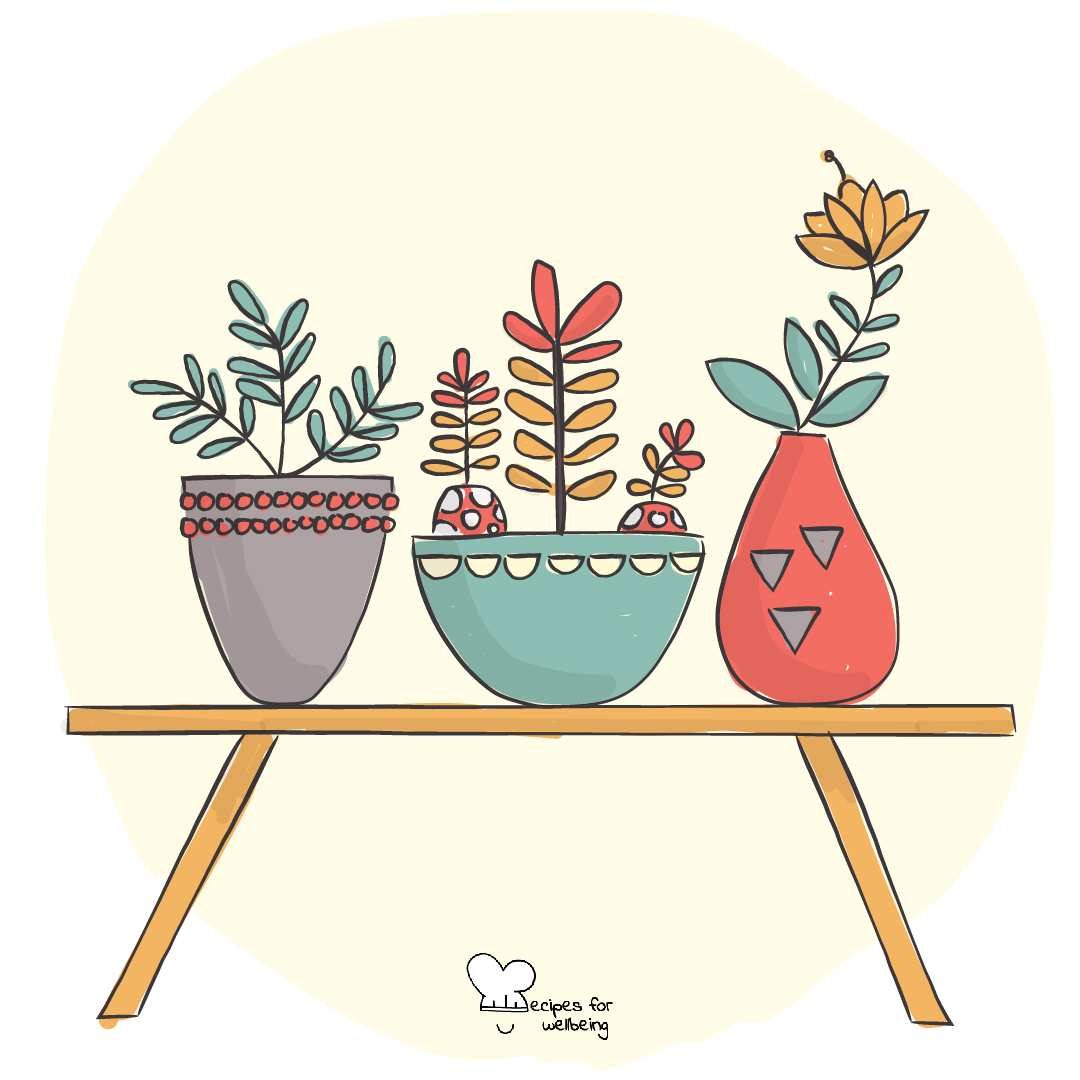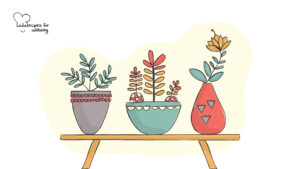
Taking in the good

Taking in the good
In my first June blog post, Discovering the Pillars of Joy, I shared how I struggled to write about joy given the current global events. That was when new COVID-19 infections were increasing by 100K a day ‘only’. Four months have passed, but the pandemic is still spreading far and wide and in the meantime a terrible blast across Beirut has destroyed many lives (if you know people in Beirut or Lebanon who might need wellbeing support, we wrote this blog post for them). Yet, in June I also wrote that it is important to cultivate joy ‘even in difficult times’. So, here I am, to continue our conversation through the lenses of positivity and happiness.
“Think not lightly of good, saying: ‘It will not come to me.’
Drop by drop is the water pot filled.
Likewise, the wise one, gathering it little by little,
fills oneself with good.”
(Dhammapada 9, 122)
In the book Hardwiring Happiness, neuropsychologist Dr Rick Hanson explains that we can wire our brain to be happy. This is thanks to something called ‘neuroplasticity’ which refers to the brain’s capacity to learn. It means that the experiences you live, especially if they are intense, prolonged, or repeated over time, will shape your brain (this is referred to as ‘experience-dependent neuroplasticity’). That is good news because it opens up the possibility for you to take in positive experiences that will change your brain for the better (something called ‘self-directed neuroplasticity’). Why does this matter?
It matters because your brain (and mine and everyone else’s) is hardwired to pay more attention to bad and painful situations than to good and pleasurable ones. This goes back to our ancestors, when “over hundreds of millions of years, it was a matter of life and death to pay extra attention to sticks, react to them intensely, remember them well, and over time become even more sensitive to them” (Hanson). As a result, the brain developed a built-in ‘negativity bias’. And whilst this negativity bias was essential for survival for our ancestors, it may not be as adequate for us living different survival challenges than our ancestors.
Once you acknowledge the fact that your brain tends to overestimate threats and underestimate opportunities by default, you can take action to level the imbalance between the two. In fact, Dr Hanson points out that “the negativity bias doesn’t mean you can’t be happy. But if you’re happy, you’re happy in spite of it.” By learning to take in the good, you can start to slowly turn your brain’s negativity bias into a ‘responsive bias’ which brings feelings of relaxation, serenity, peace, gratitude, contentment, happiness, compassion, kindness, love… This responsive mode is your brain’s resting mode, until the negativity bias kicks in turning on the reactive mode that looks at urgent and immediate concerns instead of long-term needs.
It is important to clarify that the reactive mode is not bad per se; it actually fulfills a very important function of keeping you safe from threats. However, due to the constant demands for attention that modern consumer-capitalist economies rely on, coupled with news that is full of pains and perils, your brain is pushed into high alert at all times. Dr Hanson observes that “while the reactive mode is designed to be a short-lined departure from the home base of healthy equilibrium for many people it’s become the new normal, a kind of chronic inner homelessness”. And this is not good for your wellbeing, health, and relationships.
But you have a choice: you can choose which mode you’re in. Taking in the good brings you back to the responsive mode where you are relaxed, calm, and happy. The following wellbeing practice “3 good things” is a more comprehensive version of the gratitude journal recipe I introduced back in June to help you acknowledge the goodness and rewire your brain for happiness.
You can access the full guidelines here. The next blog post will introduce a group activity to cultivate gratitude and optimism in your team. This blog post was originally written by Greta Rossi for tbd* – click here to view the original post.

